About
within every child and provide a rich educational experience.
Through the museum’s many exhibits you can learn
about the creative thinking of Momofuku Ando,
the founder of Nissin Food Products and inventor of Chicken Ramen,
the world’s first instant ramen that revolutionized eating customs all over the world.
Here you will gather the knowledge
that inspires invention and discovery and find the creativity
within you by seeing, touching, playing, eating, and having fun.
Momofuku Ando
-The Father of Instant Ramen-
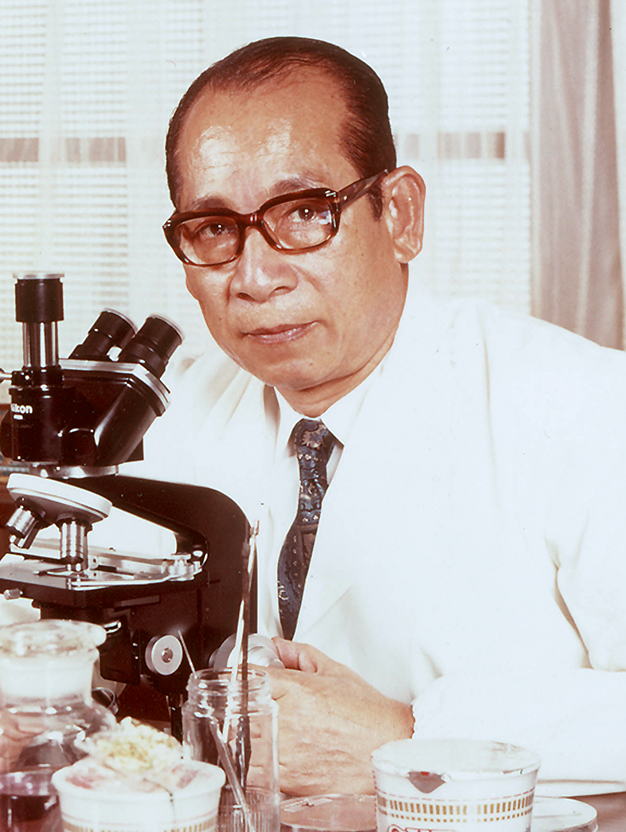
about food in new and creative ways.
Throughout his 96 years,
his practiced creative thinking and never quit until he achieved his goal.
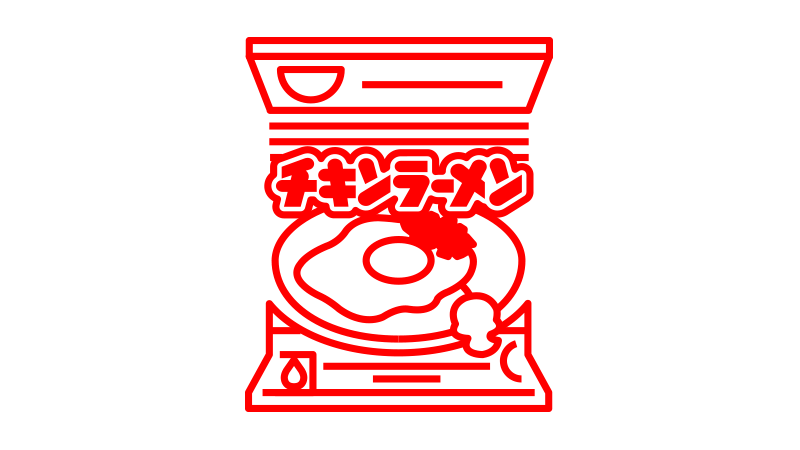
First Invention: Chicken Ramen (1958)
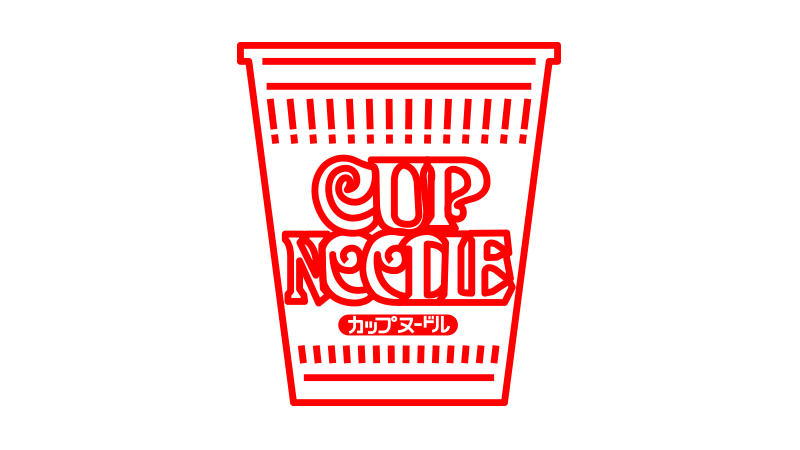
Second Invention: CUPNOODLES (1971)
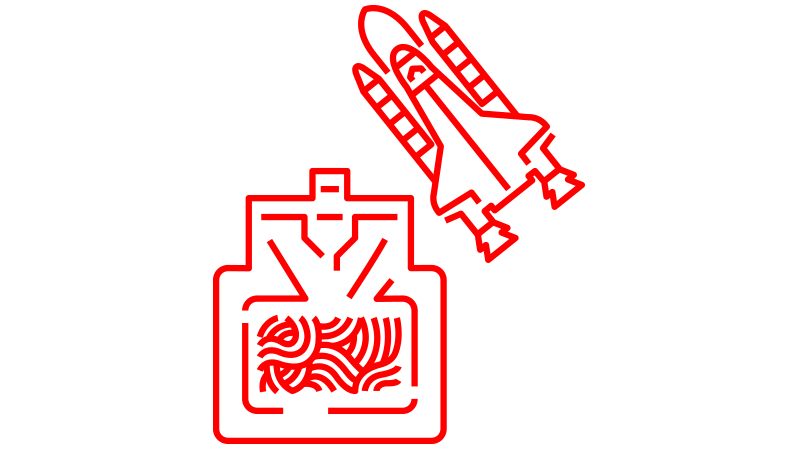
Third Invention: Space Ramen (2005)
Momofuku Ando (1910 – 2007)
He established Nissin Food Products and founded the Ando Foundation.
In 1958, Momofuku invented Chicken Ramen, the world’s first instant ramen, creating the instant ramen industry. In 1971, he invented CUPNOODLES, the world’s first ramen served in a cup. Along with serving as the CEO and chairman of Nissin Food Products, Momofuku contributed to building the instant ramen industry as chairman of the Japan Instant Food Industry Association and as chairman of the World Instant Noodles Association. Dedicated to the healthy education of young people, in 1983, he used funds from his personal fortune to establish the Ando Foundation.
Concept

between human beings and the food they eat embodies the kind of creative thinking we need as we go forward.
The new CUPNOODLES MUSEUM was conceived and built around the concept of creative thinking.
The museum is visited not only by thousands of Japanese children but children from all over Asia.
The entire museum is designed as a place for exposing children to the spirit of creative thinking
that Momofuku possessed his entire life and as a place for stimulating the seed of creativity within them.
Inspired by CUPNOODLES package designs, the museum logo is three “!” marks arranged side-by-side.
Individually symbolizing the joy of invention and discovery, the importance of food,
and the pleasure of having dreams and thinking creatively,
the three “!” marks together express what we hope you will experience when visiting the CUPNOODLES MUSEUM.
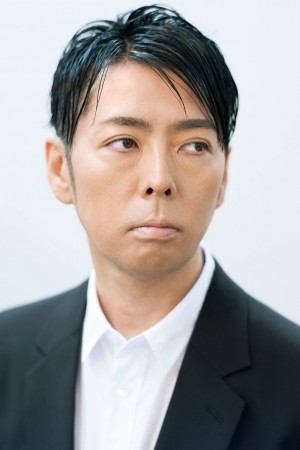
Kashiwa Sato
General Producer
Creative Director / Visiting professor at Keio University
After working for Hakuhodo, Kashiwa Sato established his own creative studio, SAMURAI. His major works include the logo design for the National Art Center, Tokyo; brand creative direction for Uniqlo, the Rakuten Group, Seven-Eleven Japan and Imabari Towel; and total creative projects for Fuji Kindergarten and Senri Rehabilitation Hospital. In recent years, he has served as a Japan Cultural Envoy for the Agency for Cultural Affairs, devoting his energies to promoting Japan’s excellent products, culture, technologies and content to a wide audience overseas. He has received the Mainichi Design Award, the Tokyo ADC Grand Prix and many other prizes. He is the author of the book “Kashiwa Sato’s Ultimate Method for Reaching the Essentials” (published by Nikkei Publishing Inc.), among others.